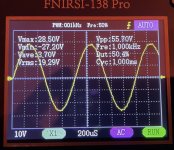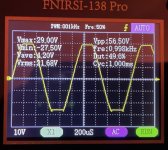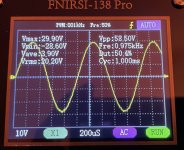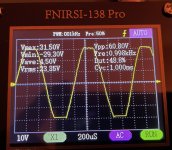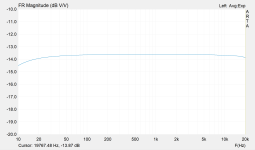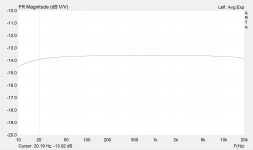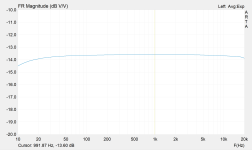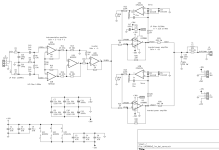I have built paralleled TDA7293 amp
It sounds much much better than my previous paralleled LM3886 build
Even though THD measurements are not showing anything is wrong
My assumption is I need to measure something else in addition to THDs
Maybe there is a way to measure time delay in the feedback loop?
Or maybe DC offset is to blame and I will need to add a servo
So that these chips will sound better
Journey continues...
It sounds much much better than my previous paralleled LM3886 build
Even though THD measurements are not showing anything is wrong
My assumption is I need to measure something else in addition to THDs
Maybe there is a way to measure time delay in the feedback loop?
Or maybe DC offset is to blame and I will need to add a servo
So that these chips will sound better
Journey continues...
It would be nice to be able to do servo on a difference amplifier (opamp with four resistors around it) but unfortunately I lack knowledge on how to implement such servo.
I have to revert to inverted opamp topology. DC servo solution is already there in app notes from TI.
Stability components are omitted on purpose. Just will try not to clip the amp.
Schematics in KiCAD with notes.
I have to revert to inverted opamp topology. DC servo solution is already there in app notes from TI.
Stability components are omitted on purpose. Just will try not to clip the amp.
Schematics in KiCAD with notes.
Attachments
Yeah, so I removed so called stability components from my LM3886 build - cap across inputs and RC network across feedback resistor. Now it sounds better to my ears.I have built paralleled TDA7293 amp
It sounds much much better than my previous paralleled LM3886 build
Even though THD measurements are not showing anything is wrong
My assumption is I need to measure something else in addition to THDs
Maybe there is a way to measure time delay in the feedback loop?
Or maybe DC offset is to blame and I will need to add a servo
So that these chips will sound better
Journey continues...
Is seems to me that adding those components reduces slew rate for LM3886s. This was confirmed in simulation. And is seems that reducing slew rate negatively affects the sound. It would be interesting to take actual measurements.
Last edited:
